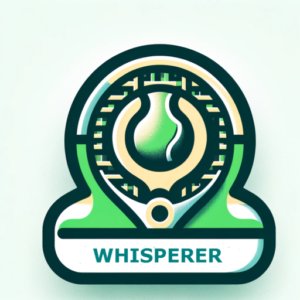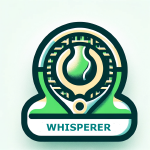The Science Behind the Quiet Eye
The Science Behind the Quiet Eye: Focus, Performance, and Precision
For years, I’ve taught players two core principles to improve how they track the ball:
-
Use soft eyes to stay relaxed and aware
-
Move your eyes, not your head to track efficiently
So imagine my excitement when I came across the groundbreaking research of Dr. Joan Vickers and her work on the Quiet Eye. Her findings didn’t just validate these ideas—they elevated them with science.
What Is the Quiet Eye?
The Quiet Eye is a calm, sustained visual fixation just before and during movement.
It’s the scientific explanation for how the way we see the ball directly impacts how well we hit it—especially under pressure.
Where It Started: Golf and Visual Precision
Dr. Vickers first identified the Quiet Eye in golf, a sport that lives and dies by precision.
Using eye-tracking tech, she studied elite and novice golfers. The top performers held their gaze on the back of the ball for 2–3 full seconds before putting—and crucially, through contact. Players who looked away early, usually toward the hole, often mis-hit their shots.
That steady gaze gave their brains time to organize movement, block out distractions, and execute with precision.
It was a game-changing insight into how visual control drives motor performance.
The Quiet Eye in Tennis: A Perfect Match
Tennis, like golf, demands split-second timing and calm execution.
And interestingly enough, I’ve been quietly (pun intended) coaching this concept for years. Whether it’s a serve, return, or volley, players who lock their gaze on the ball’s contact point and hold it through impact hit cleaner, more accurate shots.
In a sport where players are often tempted to peek ahead—to the target, the opponent, or the outcome—the Quiet Eye keeps them grounded in the present.
It builds a better visual connection to the ball and leads to calmer, more confident play.
Why the Quiet Eye Also Calms the Mind
The Quiet Eye isn’t just a mechanical skill—it’s a mental anchor.
During tight moments, the mind floods with what-ifs, doubts, and distractions. The Quiet Eye redirects all attention to a single visual point, which:
-
Reduces cognitive overload
-
Calms the nervous system
-
Allows natural movement and flow
In short, it helps players stay present—that elusive mindset where confidence lives and great tennis happens.
Why We Begin Every Session With Ball-Watching Drills
This is exactly why every session I run starts with ball-watching skill work.
Before a player can build consistency, tactics, or patterns, they must learn to visually connect with the ball—in a calm, deliberate, and repeatable way.
These drills aren’t just warm-ups. They’re mental tuning exercises:
-
They sharpen attention
-
Quiet internal chatter
-
And set the tone for performance
With consistent training, the Quiet Eye becomes both a mental and physical habit—one players can rely on in pressure moments and high-stakes matches.
Why Most Errors Begin With the Eyes
One of my core coaching beliefs is simple but powerful:
“90% of errors happen because players don’t truly watch the ball.”
That’s not just a phrase—it’s what I see on court, every day.
Most mistakes don’t come from bad technique or poor decisions.
They stem from a break in visual connection right when it matters most: just before and during contact.
Whether it’s:
-
Lifting the head too early
-
Glancing at the opponent
-
Mentally jumping ahead to the next shot
These lapses lead to mistimed swings, shanks, and missed opportunities.
But when players learn to truly see the ball—calmly, completely, and consistently—they unlock better timing, cleaner contact, and a steadier game.
The Takeaway
The Quiet Eye doesn’t just confirm what we’ve always believed—it explains why it works.
So the next time you’re on court, don’t just swing.
Watch. Hold. Focus.
Your performance will follow.




